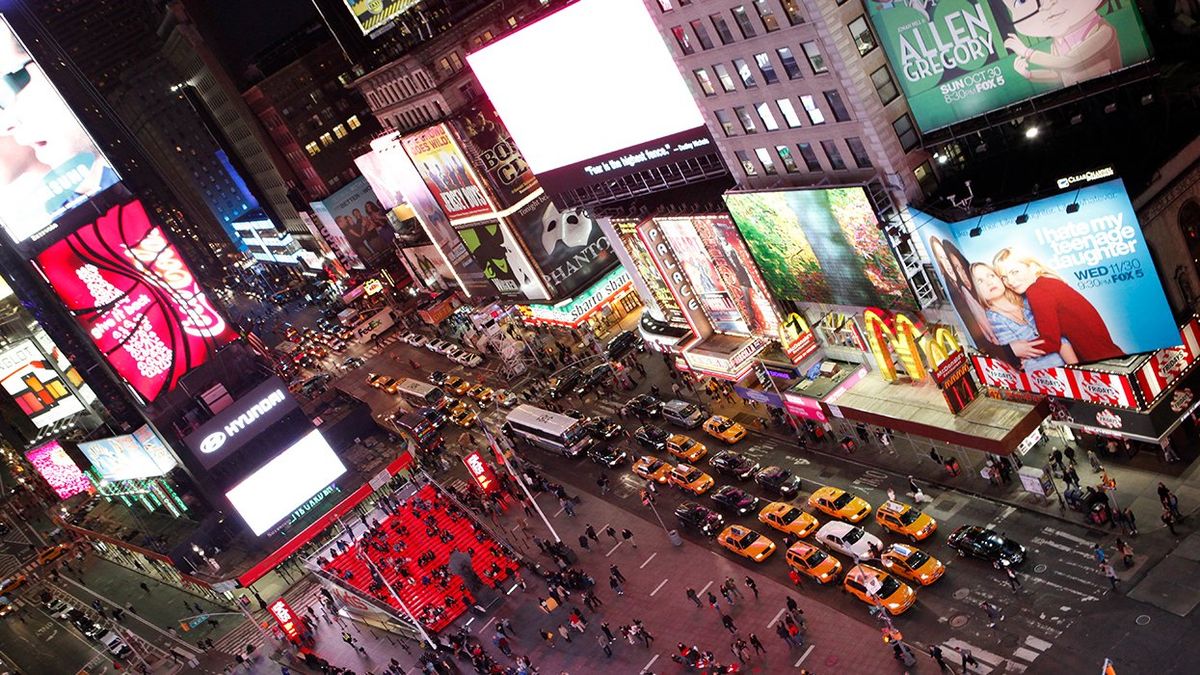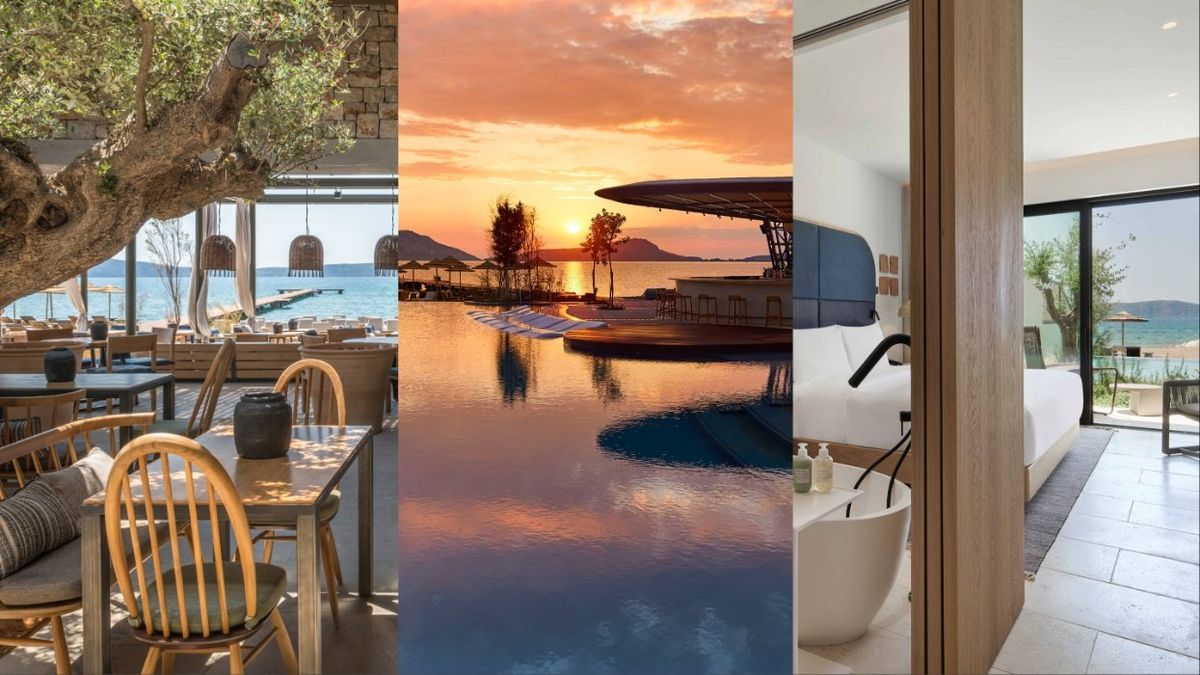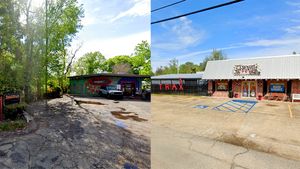Cultural touchstone Orange is the New Black returns for a second season on Friday. Prison life is terrible and torturous, and while OITNB captures that, it also makes jail-life seem somewhat exciting and sexy (yes, we're aware it's a TV show). For a dose of reality on what prison was really life in decades and centuries past, look no further at this list of one-time pokeys that now function as museums of horror. These prisons all have terryifying and fascinating stories that should help you stay on the straight and narrow.
Alcatraz Island, located in San Francisco, was a federal penitentiary from 1934-1963 and home to convicts such as Alphonse “Al” Capone, George “Machine Gun” Kelly and Mickey Cohen. This tourist attraction draws 1.3 million visitors a year. While widely known for being a federal prison, Alcatraz also served as a Civil War fortress, bird sanctuary, the first lighthouse of the West Coast, and the birthplace of the American Indian Red Power Movement. More information.
Philadelphia's
Eastern State Penitentiary functioned from 1829-1971 and attracts about 250,000 visitors a year. William “Slick Willie” Sutton, one of the most notable bank robbers in American history, spent 11 years in the prison and was captured during a failed escape attempt. The prison offers a "haunted" tour for guests and allows visitors to voluntarily register for an interactive experience that allows for actors to pull you from your group and send you through hidden passageways.
More information.- Jackson State Prison (or Michigan State Prison), located in Jackson, Mich., was the first state prison in Michigan. The prison opened in 1839 and by 1926 it became the largest walled prison in the world, holding about 6,000 inmates. In 1988, the prison was sectioned of into smaller correctional facilities with the Southern Michigan Correctional Facility, which contained the original 1926 structure, closing in 2007. Live presenters now reenact some of the horrors and amusements of prison life there. More information.
The Tower of London was used as a prison from 1100-1952 and received nearly 3,000,000 visitors last year. Some of the prisoners subjected to the Tower of London include Queen Elizabeth I, who was imprisoned by her sister Queen Mary for being a threat, and Anne Boleyn, who was imprisoned and executed for adultery and incest by her husband King Henry VIII. The Tower was once home to the Royal Mint from 1278-1810 and currently houses the crown jewels.
More information.Robben Island, located off the coast of Cape Town, South
Africa, functioned as a prison off and on from 1671-1996, under the ruling of the Dutch, then British, then South African governments. This prison once housed Nelson Mandela, the first black president of South Africa, and Mosiuoa Lekota, the president and leader of the Congress of the People, when the prison functioned as a political prison from 1961-1996. The prison has seen a drop of visitors from 75,000 in 2012 to 71,000 in 2013.
More information.Château d’If, located just off the coast of Marseille, France, began as a fortress in 1531 and became a prison in 1580, operating until 1890. More than 3,500 Protestant Huguenots were sent to Château d’If from 1696-1713 and Gaston Crémieux, the leader of the Marseille Commune, was shot and killed at the prison in 1871. Alexandre Dumas made the historic prison famous in 1844 when it was used as a setting for his book
The Count of Monte Cristo.
More information.
Port Arthur, located on the Australian's island of Tasmania, began as a timber station in 1830. Over the next decade, the area witnessed a merging of the penal and industrial aspects of the colony. Prisoners, such as William Thompson and Henry Singleton, were colonially sentenced men whom worked as shoemakers, coal miners, and blacksmiths among other duties. Despite the prisons continuous growth through the 1850s and 1860s, the 1870s brought a standstill to production and new prisoners. The prison was closed in 1877 after the final prisoner was shipped out.
More information.
Devil’s Island, located in Cayenne, French Guiana in
South America, functioned as a French penal colony from 1852-1946 and was often deemed one of the worst places on Earth. As many as 60,000 prisoners were shipped off to the prison nicknamed Green Hell where they would be subjected to manual labor and, if deemed necessary, mental and physical isolation to a more remote area. One famous prisoner of Devil’s Island is Alfred Dreyfus, a young French army captain convicted of treason and sentenced to life at Devil’s Island, partially because he was Jewish. It was Emile Zola’s “J’accuse!” denunciation that stirred up public passion for Dreyfus, later leading to him being pardoned by the French president and released from Devil’s Island. You can now visit this one-time hell and see the ruins of the prison.
More information.




















































































Exclusive: Lady Bunny releases new 'Hot To Blow' video